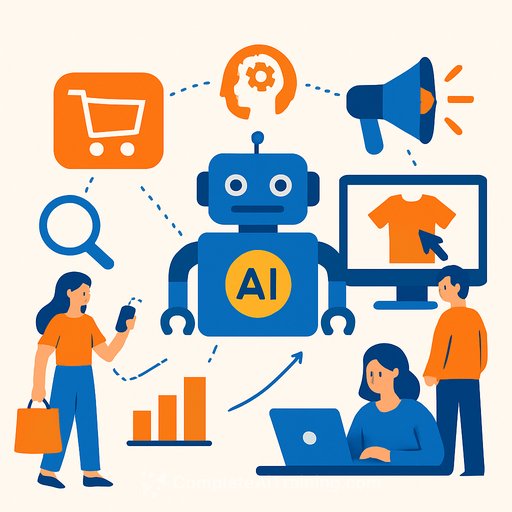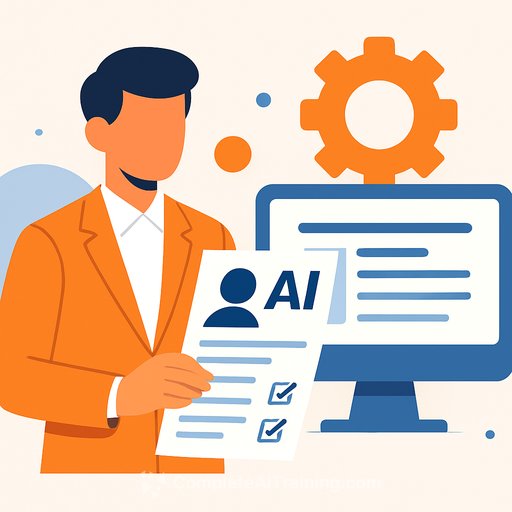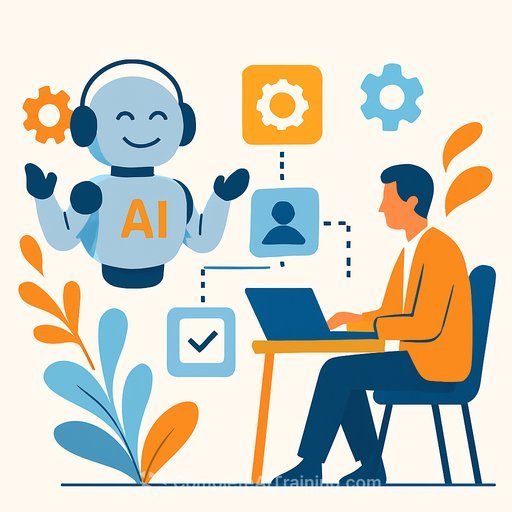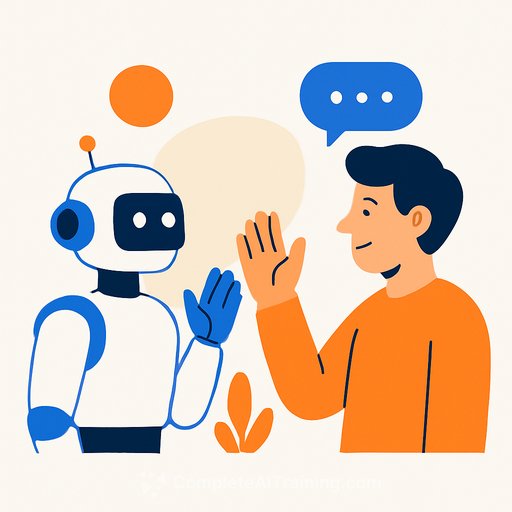3 Ways AI is Changing How People Shop, Marketers Work, and Stacks Evolve
AI isn’t just hype. It’s rewriting how customers decide, how marketers operate, and how marketing technology stacks are built. The shift is structural, not just about adding new tools or features. Marketers need to adapt quickly or risk their strategies becoming obsolete.
1. The Consumer Decision Experience
For years, marketing relied on reach and repetition — getting in front of customers often enough so familiarity would influence their choice. That worked when humans were the primary decision-makers. Now, AI agents are often the first filter, selecting options before the customer even sees them.
This changes everything. These AI agents act as gatekeepers, recommending only a handful of choices based on needs, preferences, and context. For many products, the customer interaction might be reduced to a single functional moment.
- Differentiation becomes essential: If your product is too similar to competitors, it might never appear in the AI's shortlist.
- Human bias matters less: AI doesn’t respond to catchy slogans unless they improve its match score.
- Volume loses its edge: Flooding customers with messages won’t matter as much as being the safest, most relevant choice.
Many marketers still plan for human-first decisions, optimizing for awareness. The focus should shift to readiness for selection by AI systems. That requires the right metadata, proof points, and trust signals to influence machine decisions as much as human ones.
Key takeaway: When AI screens options first, you need to convince both the machine and the person.
2. The Marketer’s Role
AI will handle repetitive tasks like segmenting lists, scheduling campaigns, and running tests. But marketers who thrive will be those who orchestrate AI within a clear strategy.
This means setting guardrails, maintaining a coherent brand experience across channels, and knowing when to let AI run and when to intervene. The human touch will matter more in moments that need emotional resonance or instinctive decisions — things AI struggles with.
As AI-generated content becomes common, generic and emotionless material will flood the market. Genuine, imperfect human moments will stand out more than ever. Marketers must learn when to automate and when to slow down to preserve authenticity.
Key takeaway: Marketers need to balance machine precision with human intuition, knowing when to automate and when to get personally involved.
3. The Modular Martech Stack
The old all-in-one marketing platforms are losing favor. AI’s fast innovation pace and the rise of AI-native startups push marketers toward modular stacks — assembling specialized tools that solve specific problems.
This shift is supported by:
- Agent-to-agent orchestration: AI tools coordinating workflows autonomously without waiting for human approval.
- Data mesh architectures: Decentralized data management where teams own their data but share it in AI-friendly formats.
- Composable AI services: Smaller, swappable AI components like text generation or sentiment analysis that can be combined flexibly.
What once felt like a fragile patchwork now allows marketers to build stacks that fit their needs precisely. Expect more specialized AI tools excelling at single tasks while big platforms attempt to expand their reach.
Key takeaway: The martech stack is becoming fluid and programmable. Success goes to teams that can pick the right tools, optimize costs, and keep data ready for AI-driven decision-making.
Where Marketing Goes From Here
AI is changing marketing at its core. Consumer decisions are shifting upstream to AI agents. Marketers are moving from executors to orchestrators. Martech stacks are breaking into modular components. These changes aren’t tweaks — they rewrite how marketing works.
To keep up, marketers should focus on building AI-friendly strategies, balancing automation with human insight, and assembling flexible tech stacks.
For those interested in building skills to navigate AI in marketing, Complete AI Training offers specialized courses for marketing professionals that cover practical AI applications and strategy.
Your membership also unlocks:





